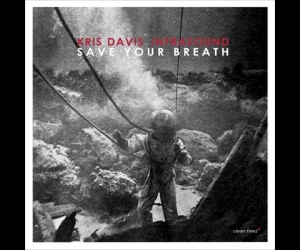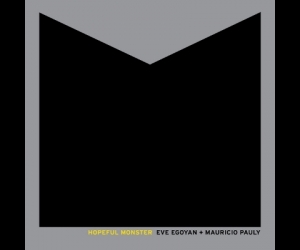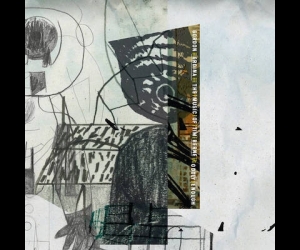
How can a field-recording artist reproduce the soundscape of any particular locale with relative precision?
For Toshiya Tsunoda, the answer perhaps lies in the miniscule physical vibrations that occur within any given space. During the ’90s, Tsunoda found that experimental works utilizing field recordings were incongruent with his own interests: some used the enchanting sounds of fauna as mere ornamentation for synth-driven pieces, while others had far too much processing for his liking. Tsunoda’s Extract From Field Recording Archive series found him approaching this music from a more rigorous angle, using lavalier and contact microphones to capture physical vibrations—which is to say, the imperceptible reality of the aural world—in order to gain an understanding of how those sounds relate to the overarching contours and moods of their respective recording sites.
The first three albums in this archive series were recorded in the mid to late ’90s and released on various labels between 1997 and 2001. Each disc concentrates on something different: the first centres on standing waves; the second focuses on resonances recorded inside hollow objects, referred to as “air vibrations”; and the third contains solid vibrations, which would require contact microphones for recording. They’re compiled in this new box set from ErstPast—a new archival imprint from Erstwhile Records—albeit with minor edits in the tracklisting. They’re joined by two more discs that feature previously unreleased material. The fourth disc was recorded during the same time as the first three, while the fifth comprises newer recordings that find Tsunoda revisiting and reflecting on the concepts that underpinned the initial works.
One of the most immediately striking things about this box set is Tsunoda’s desire for transparency. The tracks are titled in the most straightforward of manners (e.g., “Wire net fence inside a tunnel”), and one can peruse the extensive liner notes for further details about the recording process, the ideas that formed the basis of these recordings, and other specific technical information. Listeners are thus warmly invited to attend to these pieces with relative clarity regarding what’s being heard. One can then examine and trace these sounds to their vibrational sources. There’s a consequent charm in the simplicity of it all: On “Gas cylinder, windy day (Takes 1&2),” a metallic ambience exudes a meditative quality, and its composition is understood to include vibrations brought on by the wind and nearby vehicles; on “Bottle at mountain road,” glass bottles connected at the lip have microphones placed inside them that capture the surrounding air vibrations; on “Solid vibration of the surface of small breakwater,” a contact mike was placed between an anchor and concrete pavement, and most of the track consists of low, thunderous rumbling.
More than anything, Extract From Field Recording Archive can be appreciated for its crisp depictions of various spaces and for the way that it gladly encourages listeners to actively engage with these depictions. This building of intentional, careful listening occurs through much of the extramusical components of the box set, but once one is attuned to Tsunoda’s intentions and goals, every vibration is quickly acknowledged for its aural capabilities. It culminates with “On the edge of the shore,” the final track of the box set, that serves as an endearing conclusion to the series.
Omnidirectional microphones are placed in an open, outdoor space and the track bears the closest resemblance to what people typically recall when thinking of untouched, traditional field recordings. But after nearly six hours of music that highlighted the vibrations of very specific locations, one is almost overwhelmed by the deluge of activity. If Tsunoda has provided an authentic portrayal of this place, he’s done so through priming the listener; the lush sound seems almost hyperrealistic, an effect achieved because his field recordings help one understand the magnitude of any soundworld’s innate richness.


